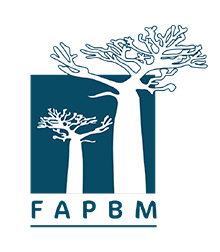Flagship Species
Amoron’i Onilahy is dominated by dry thorny thickets from Andranomay to Saint-Augustin, and features various wetland systems (lakes, marshes, etc.). Its flora includes elements typical of the dry thorny thicket of the south-west, riparian species along the banks of the Onilahy river as well as species endemic to the region (Amoron’i Onilahy and Tsinjoriake) such as Crotalaria poissonii, which is on the IUCN red list of endangered species. Two plant families endemic to Madagascar are found in the NPA, namely Physenaceae and Sphaerosepalaceae. In terms of fauna, the site is home to a wide variety of bats and several reptile species.












